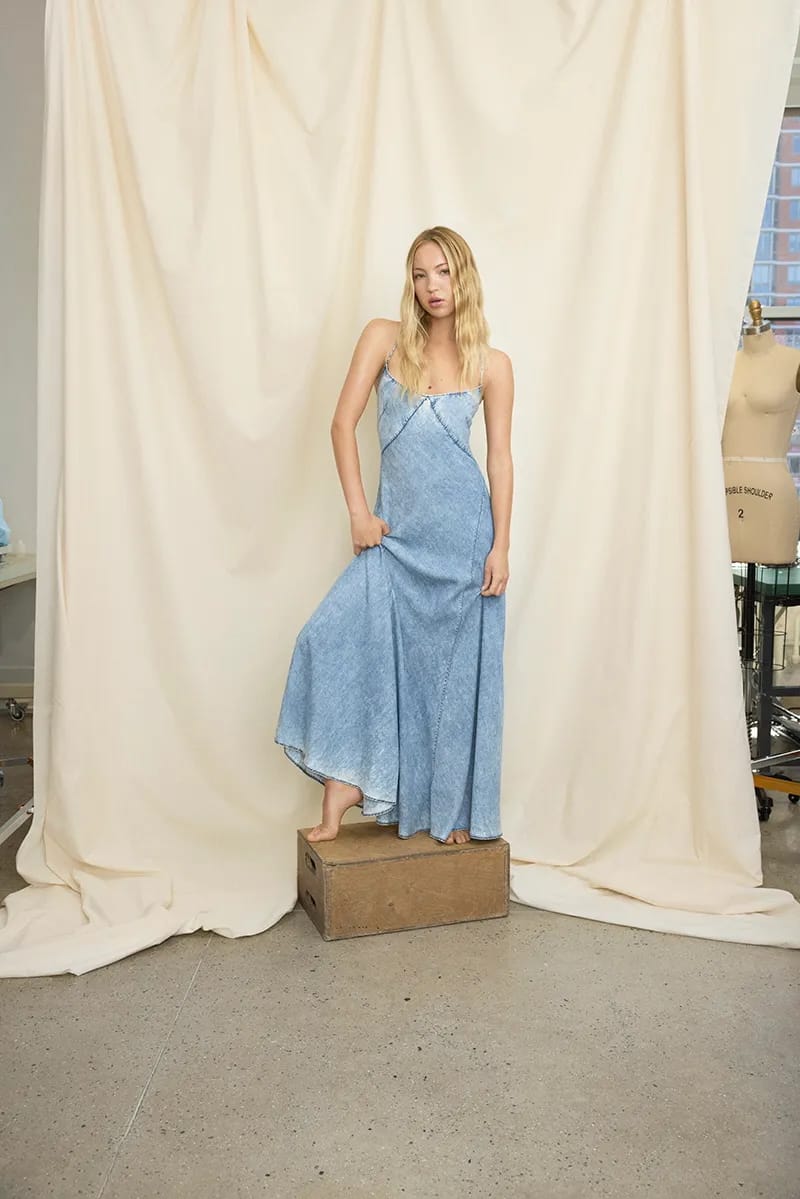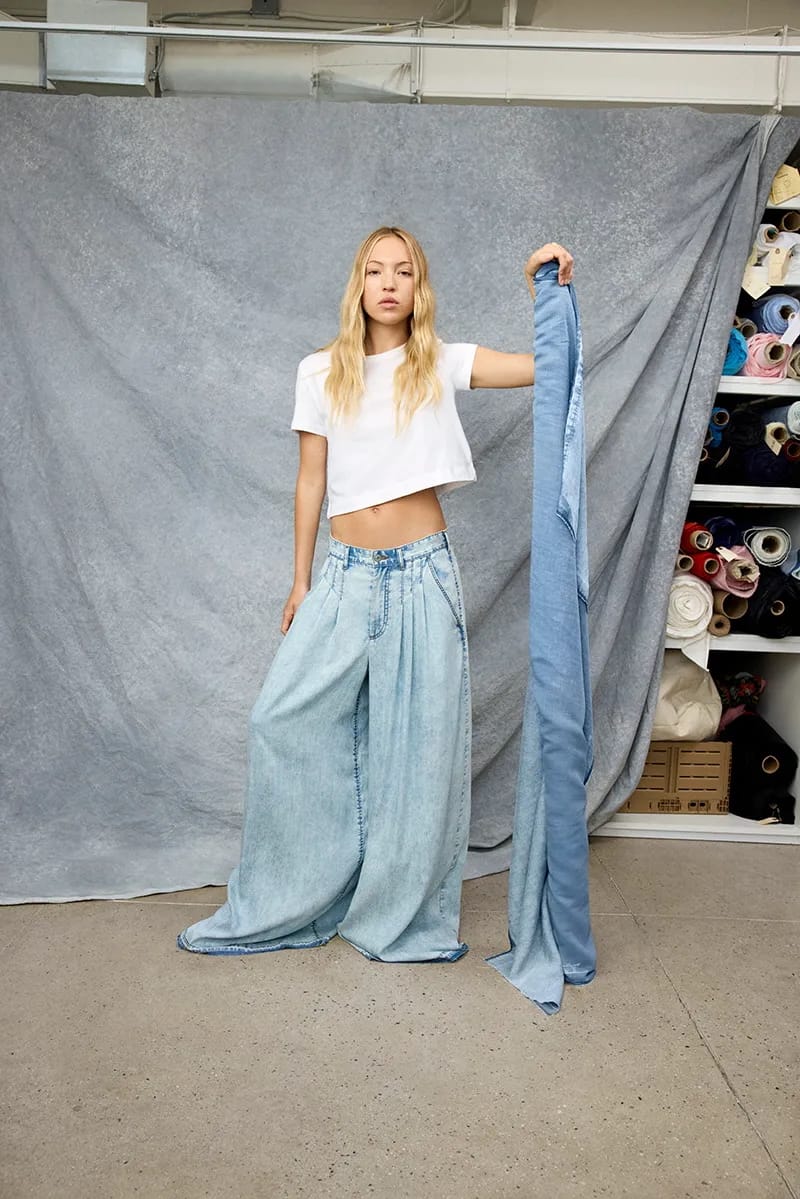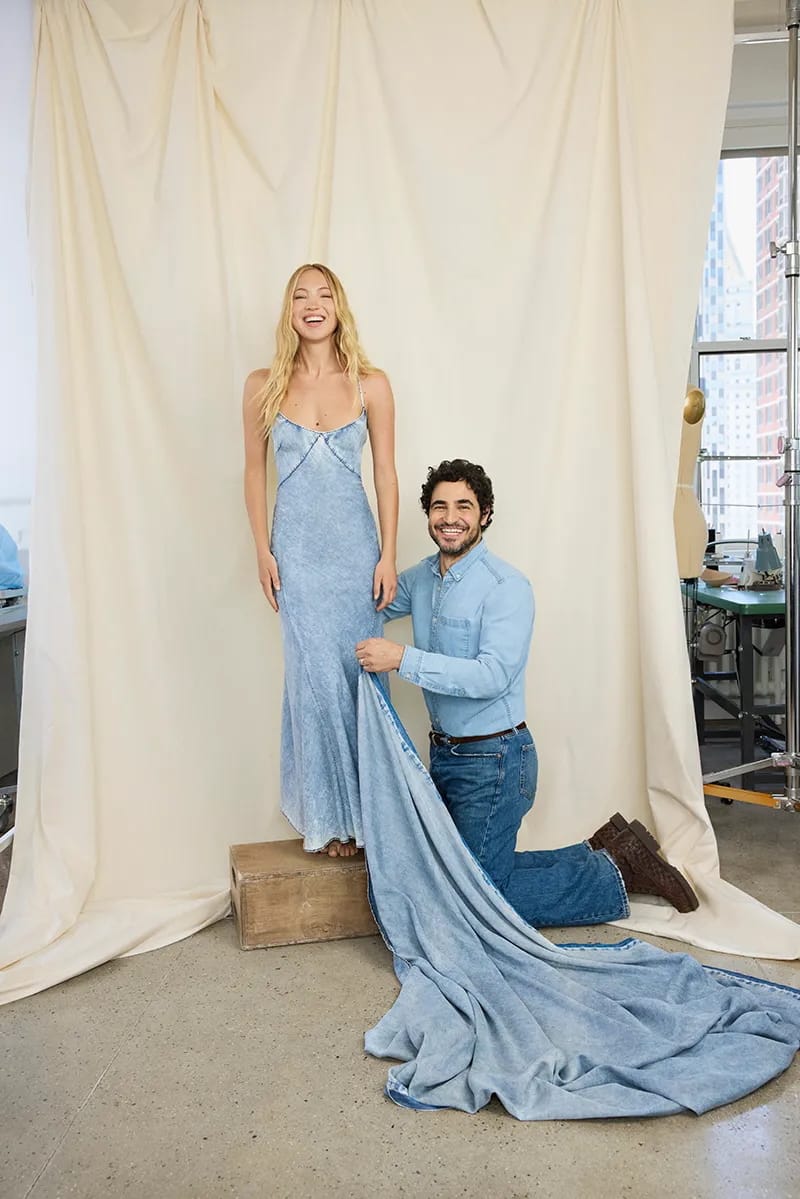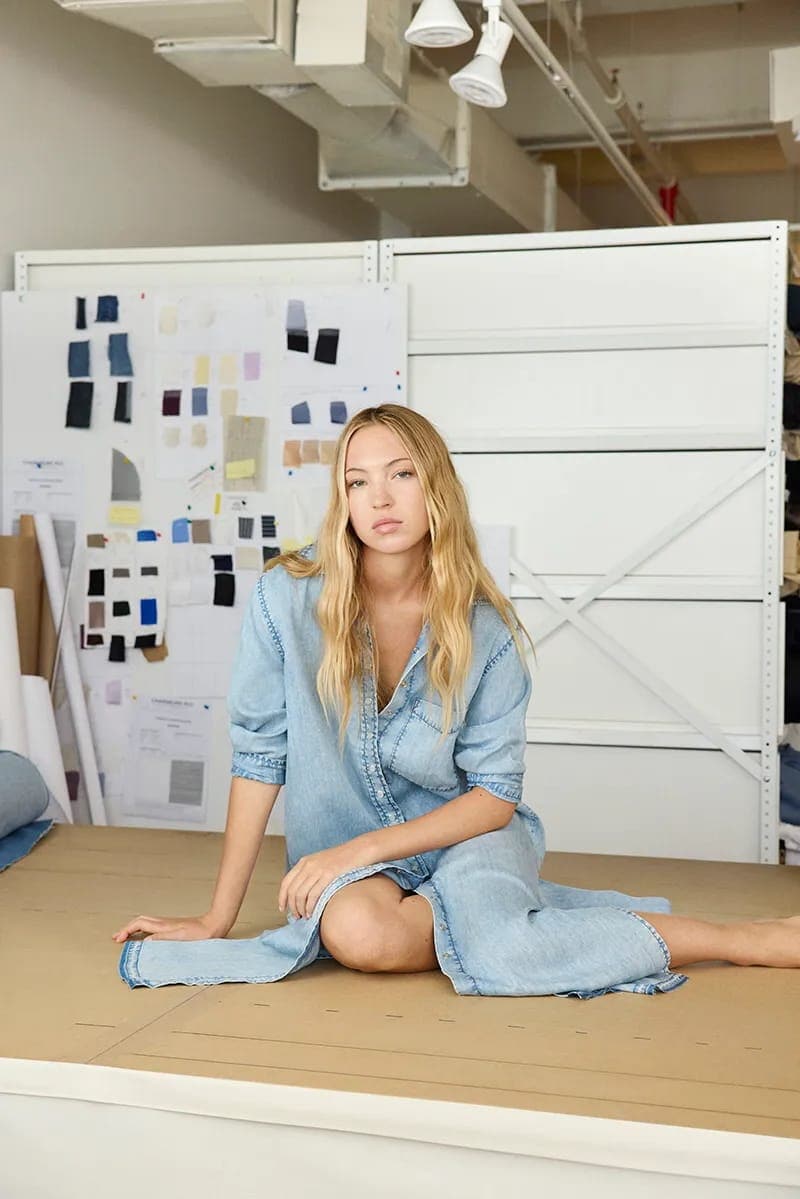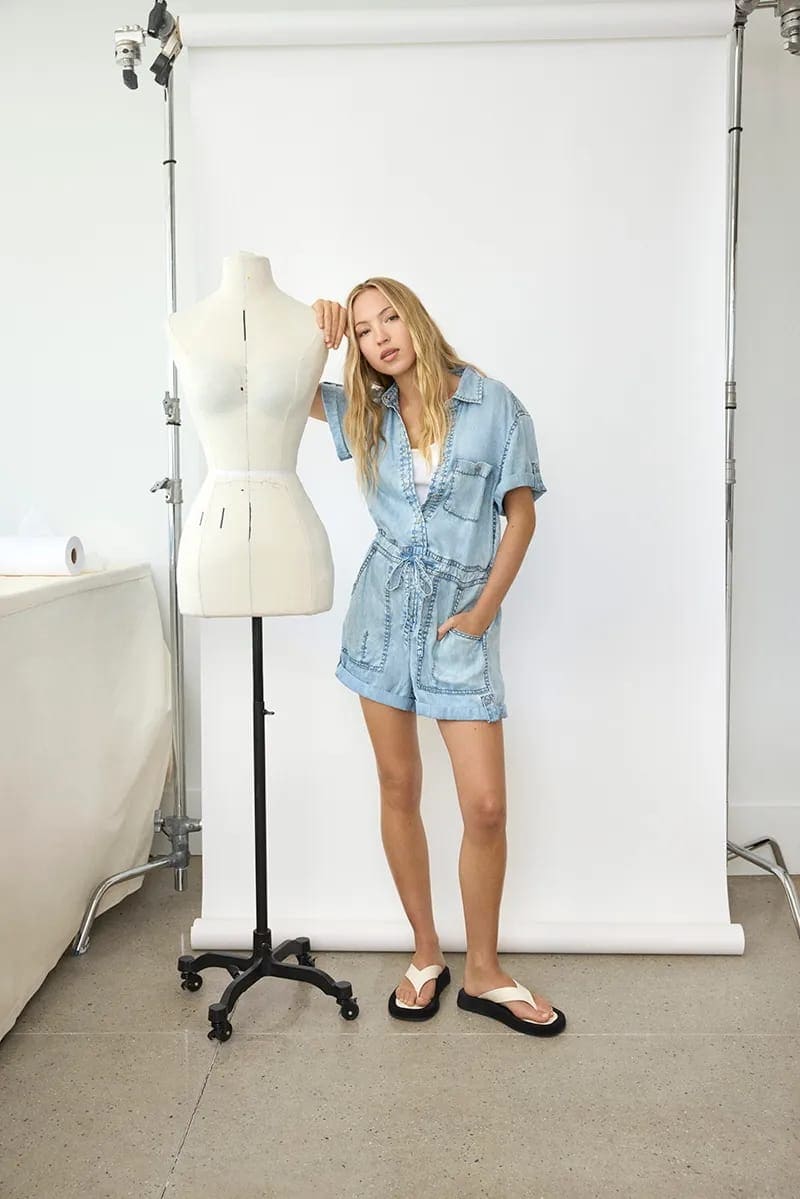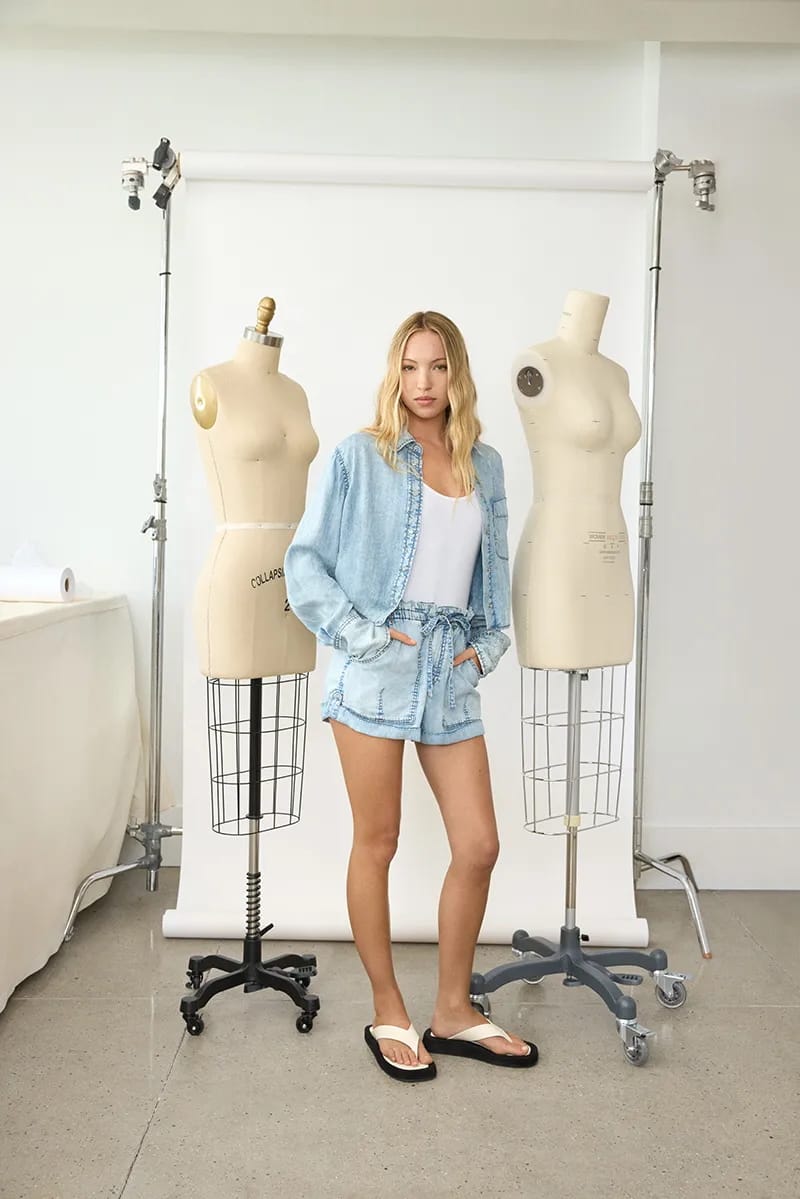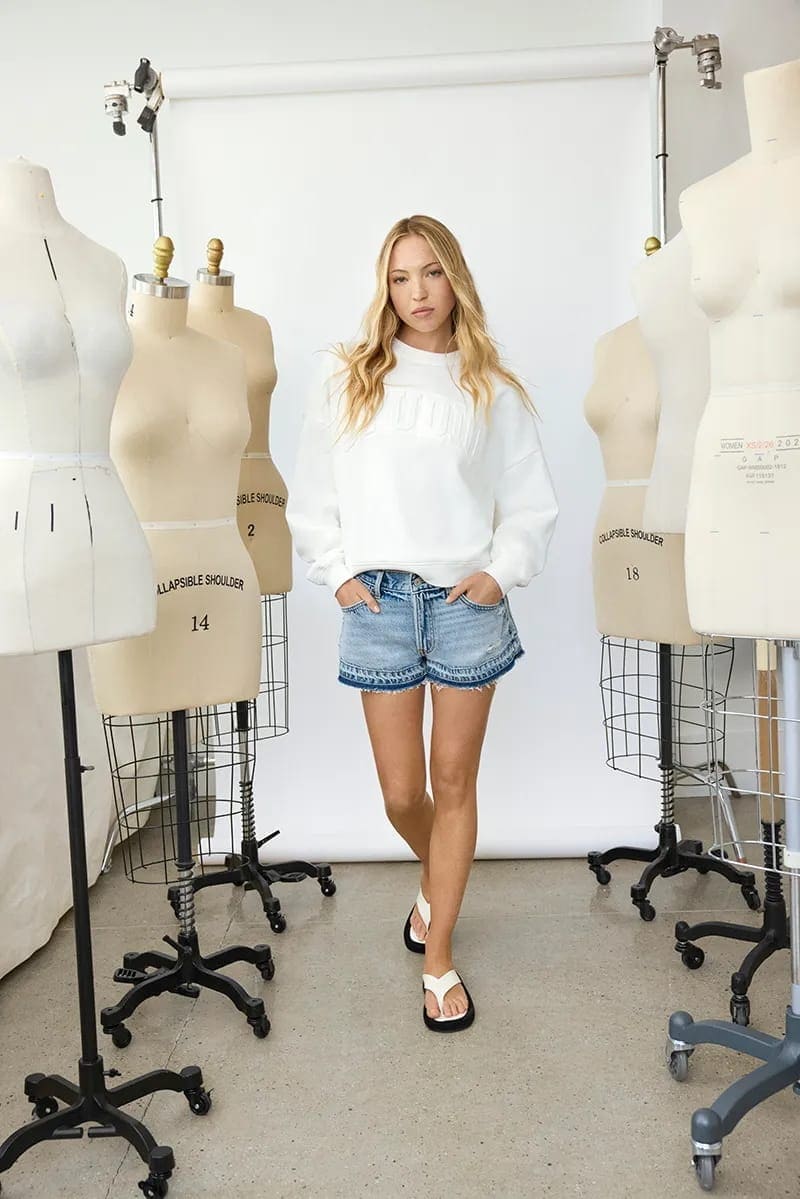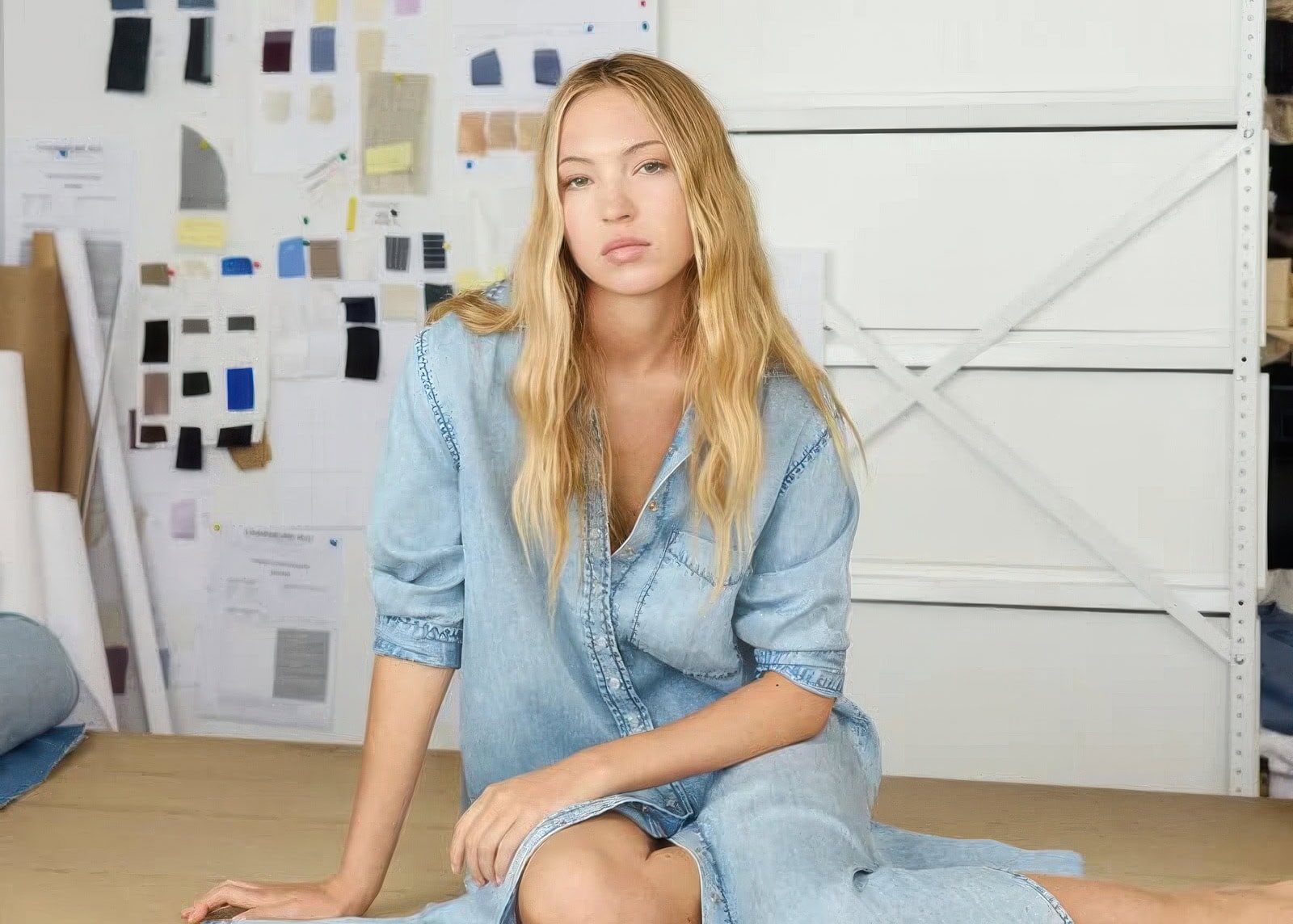Zac Posen’s first summer campaign for Gap blurs the lines between mass and luxury, signaling a broader shift in how major retailers and their audiences reimagine the value of everyday fashion
In his first summer campaign since joining Gap as Executive Vice President and Creative Director, Zac Posen offers more than just a refreshed wardrobe—he proposes a shift in perspective. The GapStudio Summer 2025 campaign, fronted by Lila Moss, isn’t merely about seasonal staples. It’s a carefully calibrated statement on how we want to live: with effortlessness, with elegance, and increasingly, without the rigid distinctions that once separated high fashion from high street. For Gap, the message is clear—relevance today lies in creating desire, not just delivering products.
This campaign arrives at a critical inflection point for legacy retailers, as the boundaries between mass-market and luxury continue to fuse. Brands like Zara, H&M, and Uniqlo have long mastered the logistics of accessibility, but Gap, under Posen’s direction, is now pushing to refine the emotional and aesthetic resonance of that accessibility. Instead of replicating runway looks, the GapStudio approach elevates the everyday. Through tactile simplicity and restrained storytelling, it invites consumers to see essentials not as defaults, but as deliberate choices—thereby borrowing the language and logic of luxury. The campaign reflects a sharpened focus on pared-back sophistication and youth-driven appeal, underscoring Posen’s ongoing efforts to reposition the brand within a more aspirational and creatively distinct tier of the everyday wear market. With Gen Z engagement and product elevation at stake, the move marks a continued push to redefine Gap’s relevance in an increasingly fragmented retail landscape. The strategy suggests that Gap is not chasing trends but recontextualizing them within a distinctly American framework of ease and aspiration.
By aligning with Lila Moss—a model whose image is as much about generational symbolism as it is about lineage illustrates the symbiosis that Gap is targeting a young consumer fluent in fashion codes but not beholden to price tags. Moss’s casting balances nostalgia and novelty: the daughter of one of the most photographed women in fashion history, and yet undeniably of her own moment. Her presence bridges multiple audiences: the fashion-curious, the digitally native, and those raised on Gap’s earlier cultural touchpoints. In marketing terms, she brings not just beauty but relevance—an embodiment of quiet modernity that makes the campaign legible to both the dynamics of the industry and the common consumer.
What this signals more broadly is a recalibration in perceived value. As elevated basics become the new battleground, the campaign poses a question to the industry: Can mass-market retailers adopt the aesthetics and emotional cues of luxury without diminishing the exclusivity that it depends on? In many ways, the answer lies in expansion, not dilution. Rather than undermining luxury’s allure, Gap’s shift may expand its ecosystem, drawing in a new tier of consumers who crave polish without pretense. For luxury brands, this means increased pressure to differentiate not just through pricing but through narrative depth and product integrity. For retailers like Gap, it opens a path toward brand revitalization through cultural capital, not just a discount strategy.
Zac Posen’s direction at Gap isn’t about making a mass brand feel expensive—it’s about making it feel intentional. The Summer 2025 GapStudio campaign doesn’t just reflect a wardrobe; it reflects a mood—a soft-spoken confidence in dressing that ripples through the industry. As high-low distinctions continue to fade, expect more brands to reimagine their value through experience and emotion. In this landscape, luxury becomes less about access and more about attitude, and retailers, if they move with care, can become new curators of that shift.
